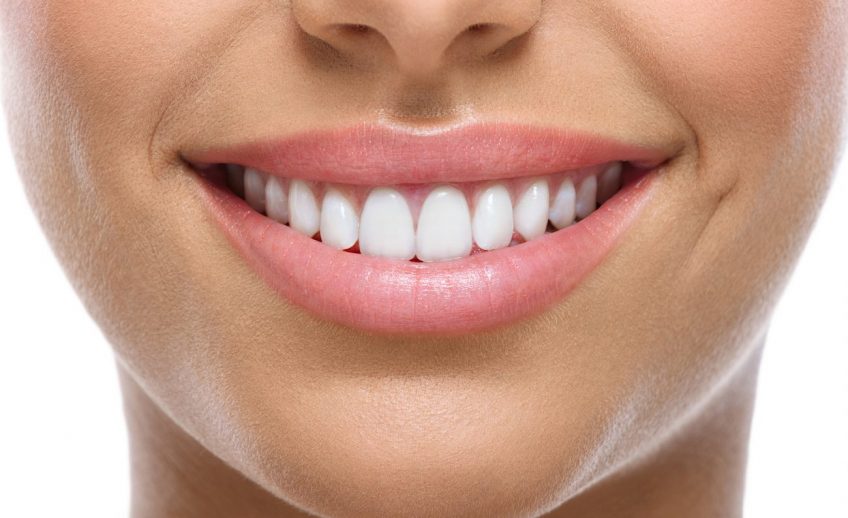Most types of orthodontic braces use wires in the designs of their brackets. The tips of those wires are sharp and can easily gouge into soft, tender parts of the mouth. As a result, braces can be hard on the lips, gums and jaw tissue, sometimes causing painful sores and raw spots.
The pain caused by braces, especially when they’re new, can be enough to deter those who wear braces from eating. Orthodontists have their patients use dental wax in order to reduce these potentially painful problems.
Traditionally, dental wax is made of carnauba, paraffin or beeswax, and it comes in easy to use strips. A small piece of wax is applied over the sharp ends and edges of the wires to decrease their ability to painfully rub against or gouge into the soft tissues of the inner cheek, lips and gums. This waxy protection reduces the number and severity of the sore spots that can be caused by wearing braces.
Dental wax for braces can not only prevent sore spots from developing, it can provide relief from the pain and discomfort of brace-induced sores that already exist by allowing them to heal, insulated and protected from the sharp, jabbing wires. The wax helps prevent irritation by creating a physical barrier between the brackets of your braces (and their sharp wires!) And the soft tissues of your mouth, such as the inside of your cheeks and your lips and gums.
Some brands of dental wax for braces are unflavored, while others have a mint flavor. Best of all, you can get a lot of bang for your buck when you use dental wax: depending on the brand, several strips of wax will probably only cost two or three dollars. That’s not much to pay to prevent or reduce pain. You’ll probably use a lot of dental wax at first, but the soft parts of your mouth might “toughen up” over time, reducing the amount you’ll use in the long run.
Here’s how to use dental wax properly:
- Wash your hands, and then twist a small piece of wax until it breaks off. Do not just pull it off, because it will stretch and become too thin to shape properly.
- Using your fingers, roll the dental wax into a small, fairly symmetrical ball. Molding the wax this way warms it up and makes it easier to shape.
- With your fingertip, place the ball of wax directly onto the bracket of your braces that is causing the irritation and needs a cushion. You’ll want to push on the wax firmly enough to make it stay there, but not so much that it’s forced down into the area between your teeth and your braces. The dental wax should protrude out a bit from the braces.
- Repeat these steps for each part of your braces that is causing discomfort or pain.
- After a few hours the wax will start to come off on its own, so reapply it as needed.
- Before you eat, remove all the dental wax from your mouth. You can pull or move it off your braces with a finger or a toothbrush. If you forget to remove it before eating, it will probably get dislodged while you chew and be swallowed along with your food. Do not worry if this happens, though, because dental wax is non-toxic. Swallowing it will not hurt you.
- You should also remove your dental wax before you brush your teeth. If you leave it in place it will get into your toothbrush, which you’ll then want to replace.
In addition to traditional dental wax for braces, other products are available for reducing the painful irritation braces can cause. For example, a product called Ortho-Sil has several advantages over traditional dental wax. For one thing, it’s made of silicone instead of wax, so it’s more malleable, softer, and it lasts longer in your mouth because it does not break down and crumble as quickly. You can also re-use Ortho-Sil within the same day.
For instance, you can remove it for brushing and then re-apply the same piece when you’re finished. Its main drawback is the fact that your brackets must be totally dry or it will not adhere properly, so mastering how to apply it might require some practice. Some people love dental silicone “wax” while others prefer traditional dental wax.
Courtesy of ezinearticles.com by Virginia Jacobs
 201 Nicholson Street Abbotsford VIC 3067
201 Nicholson Street Abbotsford VIC 3067
